AMSL Aero has secured $3 million (USD 1.94 million) in grant funding from the Australian government to advance the development of liquid hydrogen-powered aircraft and demonstrate the potential of the technology for use in regional and remote Australia.
AMSL is developing the Vertiia hydrogen-electric vertical take-off and landing (eVTOL) aircraft. Equipped with eight adjustable rotors, the Vertiia can take off and land like a helicopter and fly like a fixed-wing aeroplane. The rotors are driven by a hydrogen fuel cell system, buffered through a battery set-up. The aircraft has been designed to fly up to 1,000 kilometres on hydrogen at a cruising speed of 300 km/h and has a payload capacity of 500 kilograms.
The aircraft successfully completed its first free flight in November last year and AMSL recently finalised 12 months of hydrogen fuel cell testing. The company is now looking to address the technical, regulatory, and safety challenges of hydrogen-powered eVTOL as part of a two-year project.
AMSL said it will collaborate with New Zealand-based liquid hydrogen company Fabrum, Monash University, and Deakin University on the $7.56 million Liquid Hydrogen Powered Aircraft for Regional and Remote Australia project.
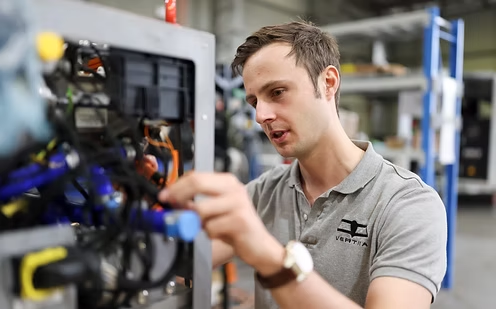
Image: Peter Morris, Peter Morris
The project will focus on the design of safe liquid hydrogen refuelling systems, and testing advanced fuel measurement and power distribution during various flight stages. It will also gather data for the development of national regulatory pathways, and demonstrating refuelling procedures integrated with aircraft systems.
AMSL Chief Executive Officer Adriano Di Pietro said the project will support the company’s mission to revolutionise air mobility for regional and remote Australia and the decarbonisation of the aviation sector.
AMSL is aiming to begin commercial operations with the Vertiia by 2027, pending certification and regulatory approval.
This latest funding was awarded under the federal government’s Department of Industry Cooperative Research Centres Projects (CRC-P) Program.
This content is protected by copyright and may not be reused. If you want to cooperate with us and would like to reuse some of our content, please contact: editors@pv-magazine.com.
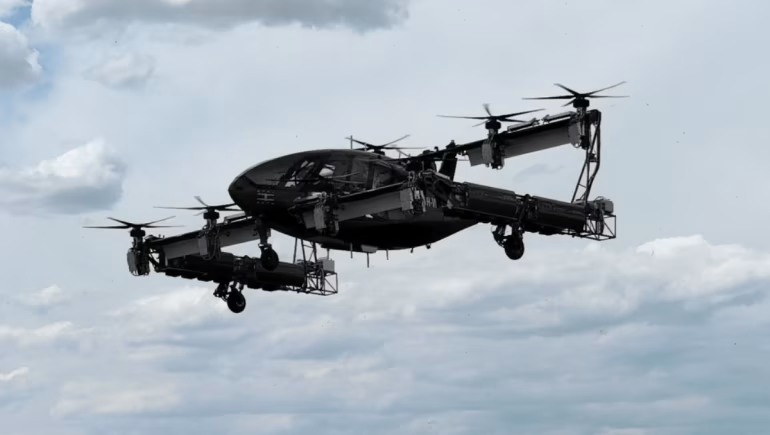
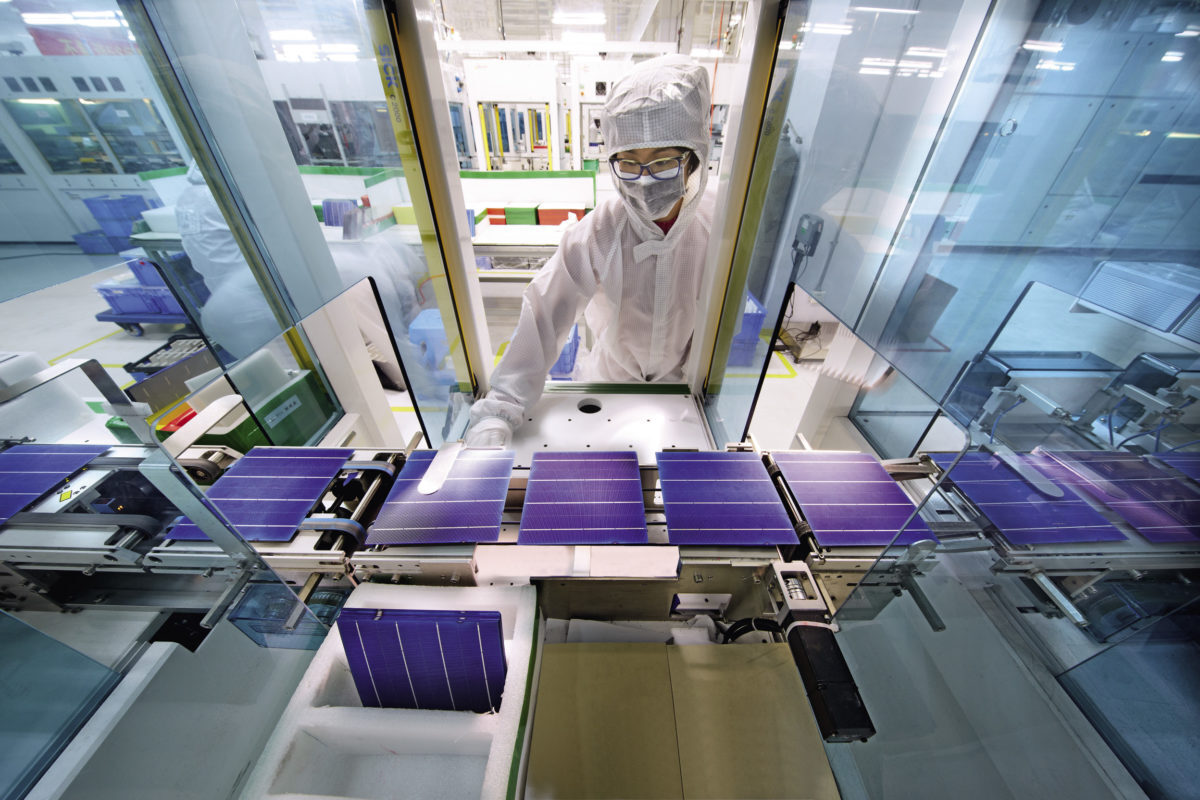




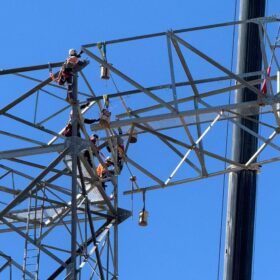
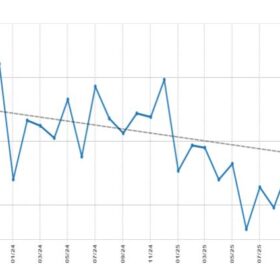

By submitting this form you agree to pv magazine using your data for the purposes of publishing your comment.
Your personal data will only be disclosed or otherwise transmitted to third parties for the purposes of spam filtering or if this is necessary for technical maintenance of the website. Any other transfer to third parties will not take place unless this is justified on the basis of applicable data protection regulations or if pv magazine is legally obliged to do so.
You may revoke this consent at any time with effect for the future, in which case your personal data will be deleted immediately. Otherwise, your data will be deleted if pv magazine has processed your request or the purpose of data storage is fulfilled.
Further information on data privacy can be found in our Data Protection Policy.